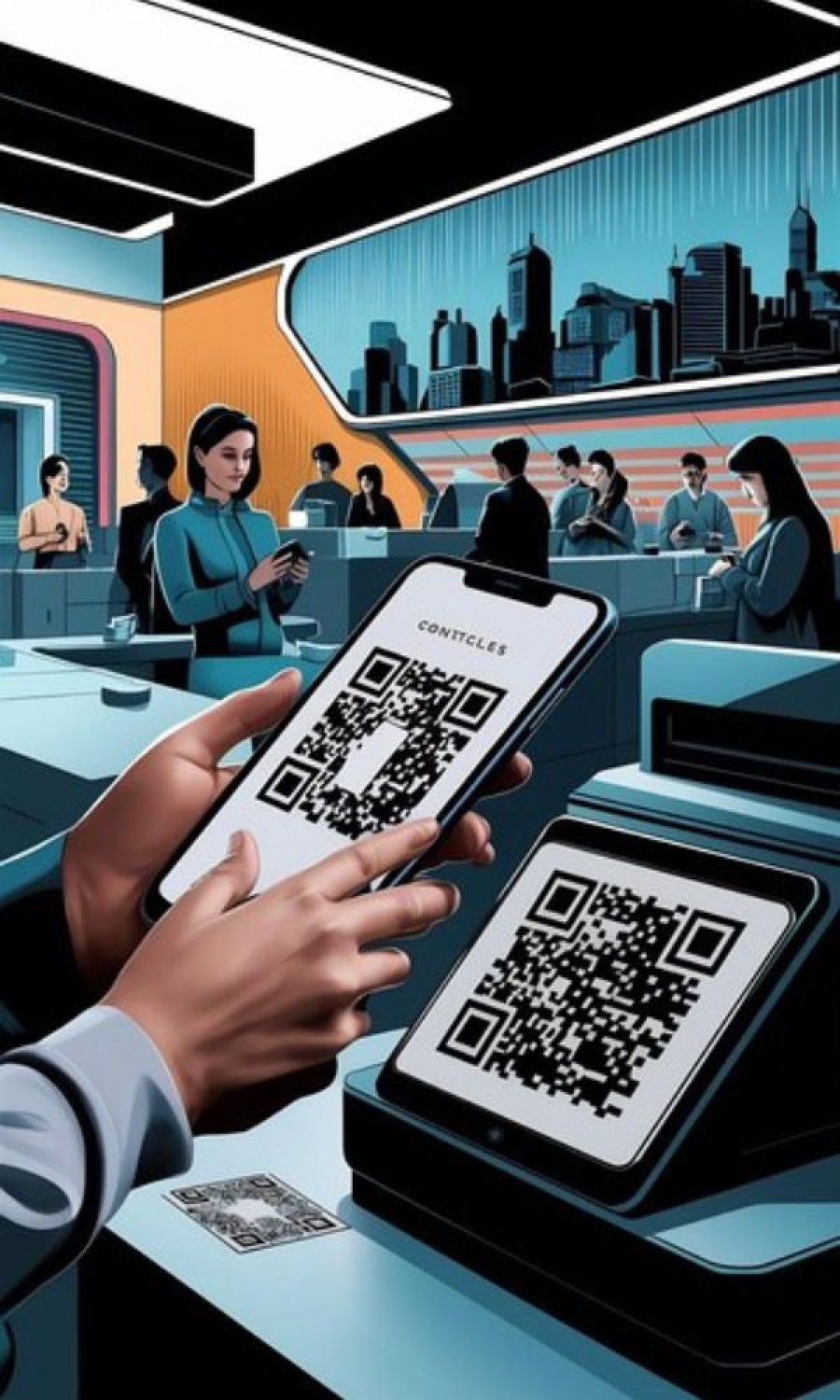Professional Methods for Implementing QR Codes in Official Institutions
In today’s digital age, QR codes have rapidly become a cornerstone of modern technology, streamlining the way we access information, services, and resources. Official institutions—ranging from government agencies and educational facilities to healthcare centers—have increasingly adopted QR codes to enhance operational efficiency, improve accessibility, and engage with the public more effectively.
Understanding QR Codes: A Brief Overview
QR codes, short for Quick Response codes, are two-dimensional barcodes that can store a significant amount of information in a small space. When scanned with a smartphone or QR reader, they provide instant access to the encoded data, which can include URLs, contact details, or any other relevant information.
The versatility of QR codes has led to their widespread use across various sectors. In official institutions, QR codes can serve multiple purposes, from simplifying administrative processes to improving communication with the public. But to leverage their full potential, institutions must adopt a methodical approach.
Key Applications of QR Codes in Official Institutions
1. Streamlining Administrative Processes
QR codes can significantly reduce paperwork and streamline administrative processes in official institutions. For example, government agencies can use QR codes on forms and documents, allowing citizens to quickly access related information or submit required data online. This not only reduces the time spent on manual processing but also minimizes errors associated with manual data entry.
In educational institutions, QR codes can be printed on student ID cards, linking to their profiles or academic records. This simplifies attendance tracking, library management, and even access to campus facilities. By integrating QR codes with existing administrative systems, institutions can enhance efficiency and accuracy across various departments.
2. Enhancing Public Access to Information
One of the most effective uses of QR codes in official institutions is to provide the public with easy access to information. Government websites, public notices, and informational brochures can all include QR codes that link to detailed online resources. This is especially useful in situations where printed material is limited in space but needs to convey a large amount of information.
3. Improving Security and Authentication
QR codes can also play a crucial role in enhancing security and authentication processes in official institutions. Secure QR codes can be used for identity verification, access control, and even digital signatures. For example, government-issued documents, such as passports or ID cards, can include QR codes that link to a secure database, enabling instant verification of the document’s authenticity.
4. Facilitating Feedback and Engagement
Official institutions can use QR codes to encourage public engagement and collect feedback. By placing QR codes on receipts, survey forms, or public notices, institutions can direct users to online feedback forms, satisfaction surveys, or suggestion boxes. This makes it easier for the public to provide input, which can be invaluable for improving services and addressing community needs.
5. Supporting Contactless Transactions and Interactions
In the wake of the COVID-19 pandemic, the importance of contactless interactions has surged. QR codes have become an essential tool for facilitating these interactions, reducing the need for physical contact and paper exchanges. In official institutions, QR codes can enable contactless payments, document submission, and service requests.
Conclusion:
The professional use of QR codes in official institutions offers a multitude of benefits, from streamlining processes and improving public access to enhancing security and fostering engagement. However, to fully capitalize on these benefits, institutions must adopt a strategic approach, adhering to best practices that ensure the effectiveness, security, and accessibility of QR codes.








